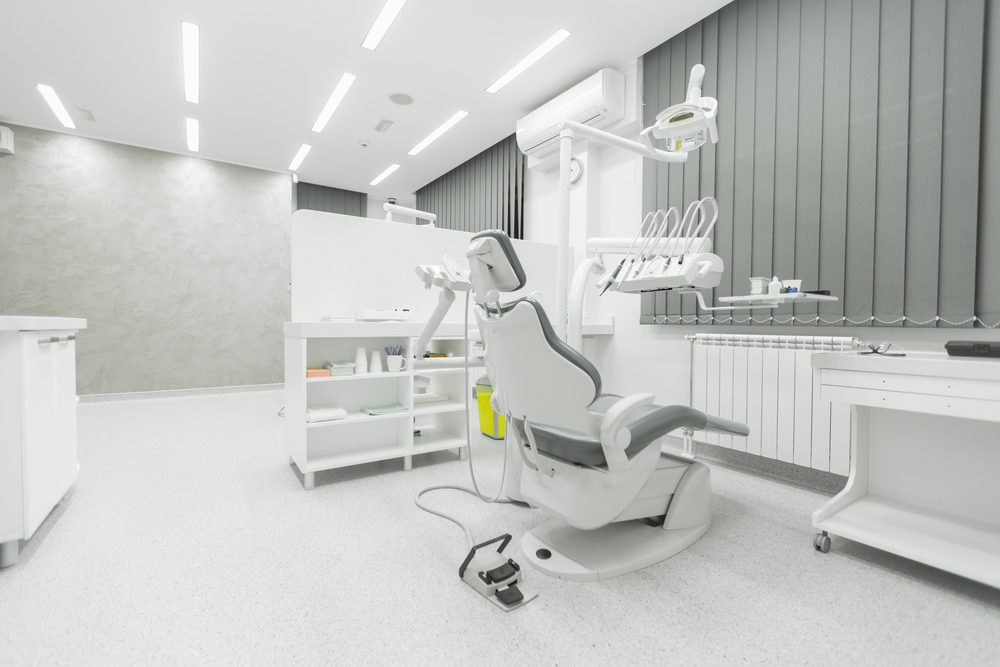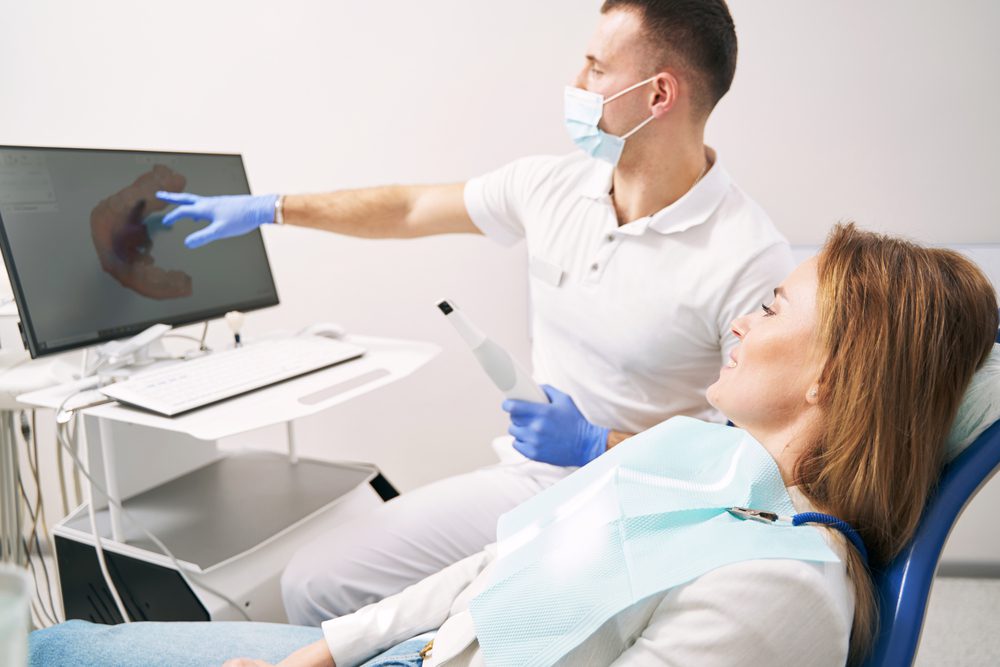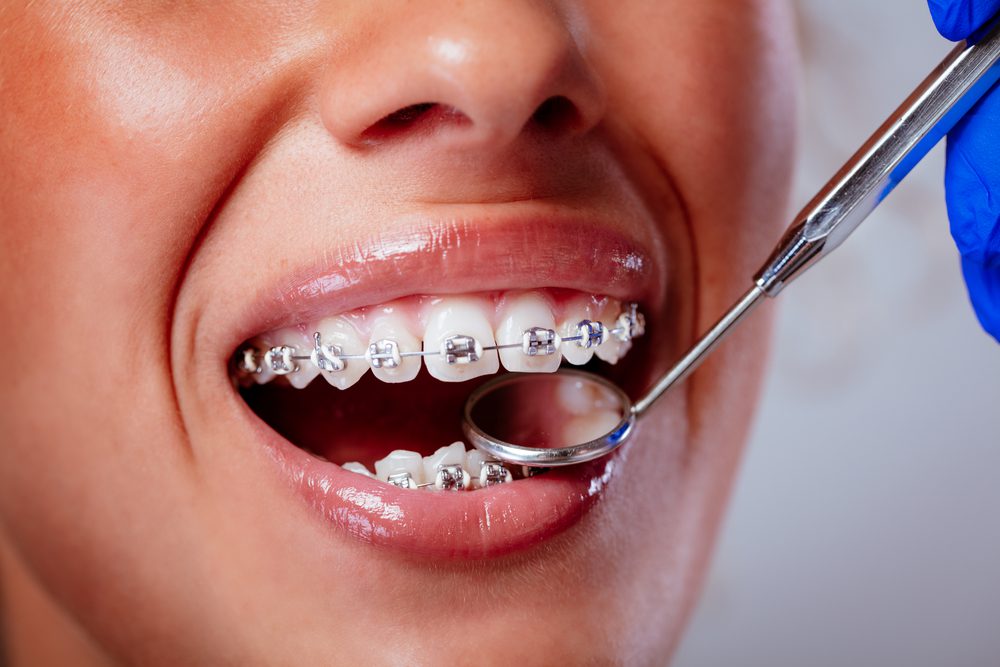Posted on July 10, 2023

Have you ever wondered how technology has transformed the field of orthodontics? The advancements in technology have brought about a wide range of new orthodontic treatments that have revolutionized the way we straighten teeth and correct bites.
Orthodontics has come a long way over the years, from traditional metal braces to invisible aligners and clear aligner therapy. With the help of technology, orthodontists can now offer their patients a more comfortable and efficient experience.
In this article, we will explore the role of technology in modern orthodontic treatment. We will discuss the latest techniques and innovations that have made orthodontics more effective and convenient than ever before.
Whether you are considering getting braces or Invisalign, or just interested in the field of orthodontics, this article will give you a better understanding of how technology has changed the game in modern orthodontic treatment.
 Technology has revolutionized the field of orthodontics by providing state-of-the-art tools and equipment to diagnose and treat dental problems with precision and accuracy.
Technology has revolutionized the field of orthodontics by providing state-of-the-art tools and equipment to diagnose and treat dental problems with precision and accuracy.
3D scanning, imaging, and modeling technologies have made it possible for orthodontists to create custom-made treatment plans for each patient, resulting in more comfortable, efficient, and effective treatment outcomes.
Advanced orthodontic appliances such as lingual braces and clear aligners have also been made possible by technological advancements, providing patients with more aesthetically pleasing and discreet options for orthodontic treatment.
Technology has empowered orthodontists to carry out treatment remotely, enabling them to reach and serve patients in remote and rural areas.
In summary, technology has played a critical role in advancing orthodontic treatment, improving patient outcomes, and transforming the face of modern dentistry.
The rise of technology has had a significant impact on various industries, including the field of orthodontics.
With the advent of new technologies, orthodontists have access to more efficient and innovative tools and equipment, which has transformed the way they provide dental care to their patients.
Here’s how technology has transformed the field of orthodontics.
One of the most significant changes is the use of digital imaging and treatment planning. Rather than relying solely on traditional dental impressions and X-rays, orthodontists can now use 3D imaging and computer simulations to create customized treatment plans for each patient.
This technology allows for more accurate and efficient treatment, as well as better communication between the orthodontist and the patient.
Digital imaging and treatment planning have revolutionized how orthodontic treatments are approached, and continue to shape the future of the field.
In the past, traditional metal braces were the primary option for correcting teeth alignment; however, clear aligners now offer a more aesthetically pleasing and convenient alternative.
Clear aligners are custom-made for each patient and made of clear plastic, making them virtually invisible. They also allow for more comfortable wear and easier maintenance compared to traditional braces.
This technological transformation in orthodontics has made it easier for people to achieve their desired smile without the hassle or discomfort previously associated with traditional braces.
Technology has revolutionized the field of orthodontics in countless ways, but perhaps the most significant developments have come in the form of robotics and automation. These advances have allowed orthodontists to perform more complex procedures with greater precision and efficiency than ever before.
For instance, 3D printing can be used to create custom orthodontic appliances that fit patients’ teeth perfectly, while robotic instruments can help with complicated surgeries.
Furthermore, automation tools can streamline administrative tasks, such as appointment scheduling and record-keeping, freeing up time for orthodontists to focus on patient care.
The introduction of virtual reality has made it easier for orthodontists to create a comprehensive treatment plan for patients.
This technology allows patients to visualize the end result before the treatment begins, increasing their understanding and satisfaction.
Patient education has also been greatly improved with technology. Orthodontists can now use digital tools to explain treatment procedures, show before and after comparisons, and simulate the progress of treatment, thus empowering patients to make informed decisions about their oral health.
Teleorthodontics allows patients to receive consultations and treatment plans remotely, often through video conferencing or mobile apps.
Remote monitoring, on the other hand, uses technology such as cameras and sensors to track a patient’s progress without requiring in-person appointments.
 Advancements in technology have revolutionized the field of orthodontics, specifically with the development of accelerated orthodontics.
Advancements in technology have revolutionized the field of orthodontics, specifically with the development of accelerated orthodontics.
This technique involves using high-tech appliances to enhance tooth movement and reduce treatment time.
Orthodontic brackets and wires are designed to apply more force to the teeth, and braces can be customized for individual patients using 3D scanners and printers. In addition, new tools such as Propel or AcceleDent can stimulate bone growth to help teeth move faster.
The introduction of smart appliances and wearable technology has revolutionized the way orthodontic treatments are performed.
With these innovative technologies, orthodontic appliances can now be programmed to adjust teeth alignment automatically, reducing the need for regular visits to the orthodontist.
In addition, wearable technology such as clear aligners has allowed patients to straighten their teeth without compromising their appearance.
Traditional orthodontic treatments relied on manual molds and impressions, but 3D printing has made the process much more efficient and accurate.
Orthodontists can now create custom-made braces, aligners, and retainers with ease, allowing for a more personalized approach to treatment.
Additionally, 3D printing reduces waste while also saving time and resources. Overall, technology and 3D printing have transformed orthodontics, making it more accessible, efficient, and effective for patients.
Artificial intelligence has brought significant advancements in the field of orthodontics, making the diagnosis and treatment process more accurate and efficient.
With AI technologies, dentists can use digital imaging tools and 3D printing to create custom orthodontic appliances.
They can also use predictive analytics to foresee the results of different treatment options and automate the monitoring of patient progress.
As the healthcare industry evolves, incorporating technology has become a crucial element in providing effective patient care and improving outcomes.
In the field of orthodontics, technology is being utilized in various forms to enhance treatment planning, diagnosis, and monitoring.
From digital imaging and scanning to 3D printing and computer-aided design, technology is providing orthodontists with more precise and efficient methods of treatment delivery.
With real-time data analysis and visualization, practitioners can track progress and adjust treatment plans as needed, resulting in better outcomes and overall patient satisfaction.
By embracing technological advancements, orthodontists can improve patient care and elevate their practice to new heights. If you’re looking for a modern orthodontic solution, consider Smilebliss – the perfect blend of advanced technology and personalized care. Contact us today for more information!